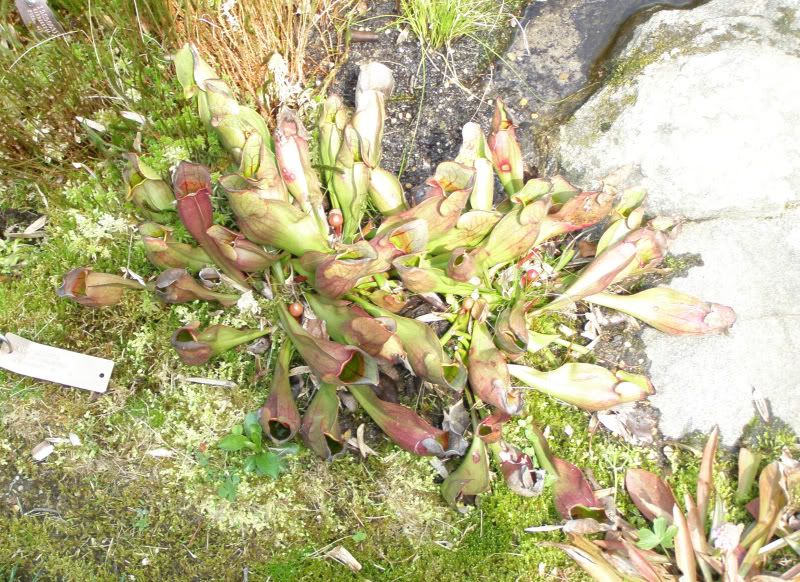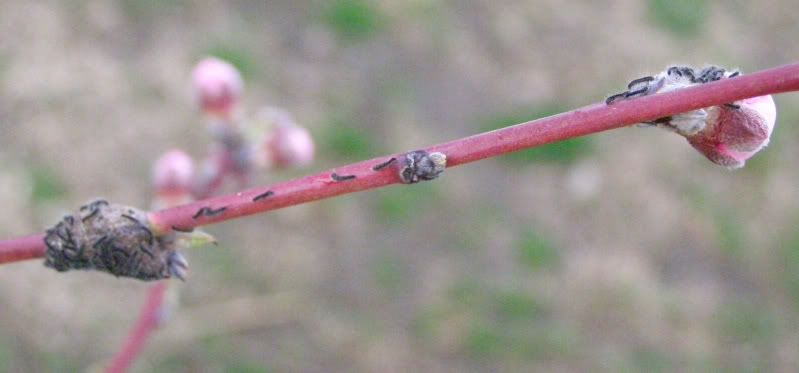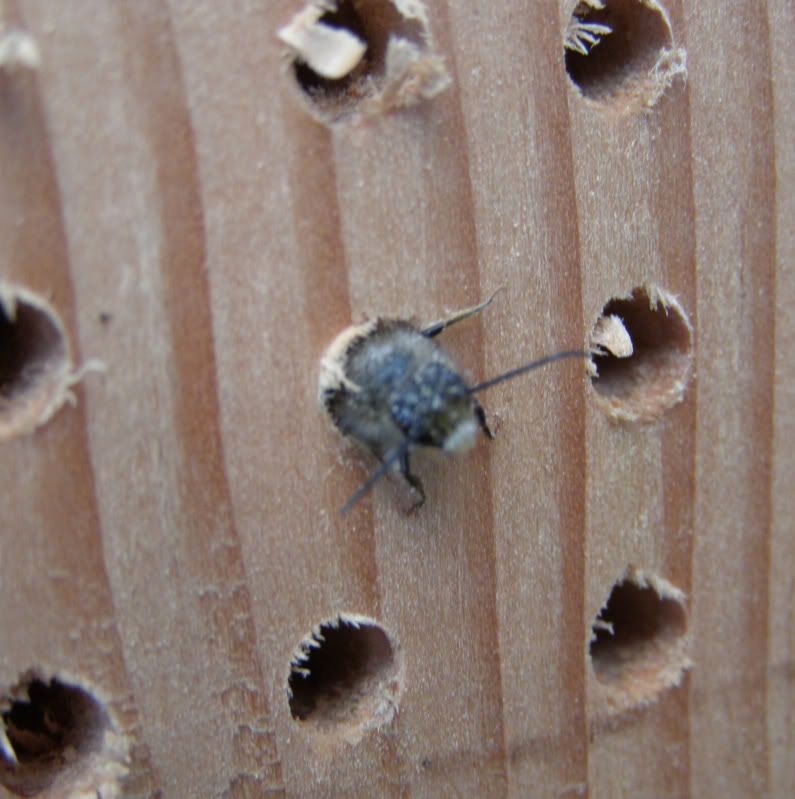A brief heatwave here has taken the east coast, or at least where I live. The past few days have been ungodly humid and hot out, about 85 degrees. And it's this that really triggers the
Camponotus to fly.
C. americanus C. pennsylvanicus, and
C. subbarbatus are the only two confirmed sightings so far.
Considering all of these ants have black males though it's likely other Camponotus are in the mix.
Lasius interjectus is also flying. I'm at a lose with this one. Ya see it's a parasitic
Lasius... but usually they fly in the late summer and fall time. Mostly the fall though right after their host species
L. neoniger, and
L. alienus. This sort of makes sense, except they're flying in November, only weeks away from the cold of winter. Is it so hard for
L. claviger and
L. umbratus to simply over winter their queens? This isn't a matter of home heating causing a nuptial flight, this is the time of year when
L. interjectus fly.
The only reason I can think of for this different mating season is method of attack.
L. umbratus and
L. claviger fly in the late summer and fall time and over winter on the surface. I find them walking around in the spring time and also find them mixed in the soil. What I'm thinking is they densely cover a neighborhood and some find host queens of
L. neoniger and
L. alienus and take advantage of their banding together behavior.
Lasius queens regardless of species will happily get along with one another. The parasites actually rely on this fact and somehow sway the workers to favor them.
Because the host species here would already have their workers it's now it's likely
Lasius interjectus are more able to deal with colonies that already have workers. Maybe even adult colonies.... or even is a parasite of
L. umbratus or
L. claviger. This is all theory though so let's move on.
Two genera I did not expect to find this year are
Temnothorax, and
Myrmica. Normally I catch
Temnothorax in mid summer, and
Myrmica in early Fall. Both of these species are small. This is normal for Temnothorax but the
Myrmica was only a milimeter larger than a
Tetramorium worker, 5mm total. It says a lot about my eyes I think that I'm able to look down where loads of
Tetramorium are foraging and pick out two ants that look incredably similar.
Well that does it for now. As May rolls I expect more
Camponotus species to start flying. Colonies of
Brachymyrmex have alates in them but I don't expect to find them flying. I may come across a queen however.
Solenopsis species, Fire Ants, have been flying for a while but might be entering their first break. When they do stop they'll take something like 4 to 8 weeks off and start flying again or whenever able. I think the same applies with Pogonomyrmex and Myrmecocystus too. They'll also be flying again over the summer, but probably not the same species.
The next major flight in my opinion would be that of
Tetramorium. The earliest they fly up where I am is the very last week of May but June is more accurate. If you're down south though then the might fly a bit earlier.

























